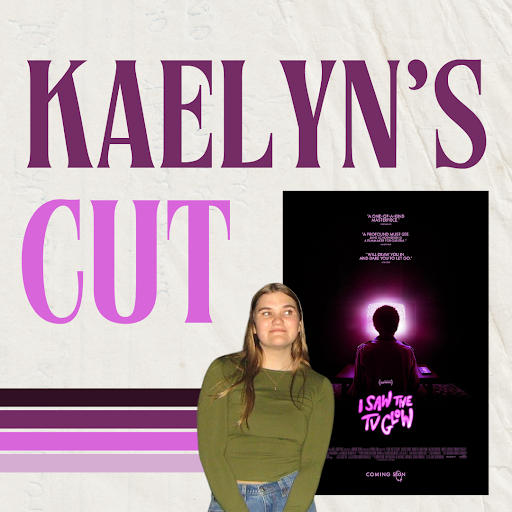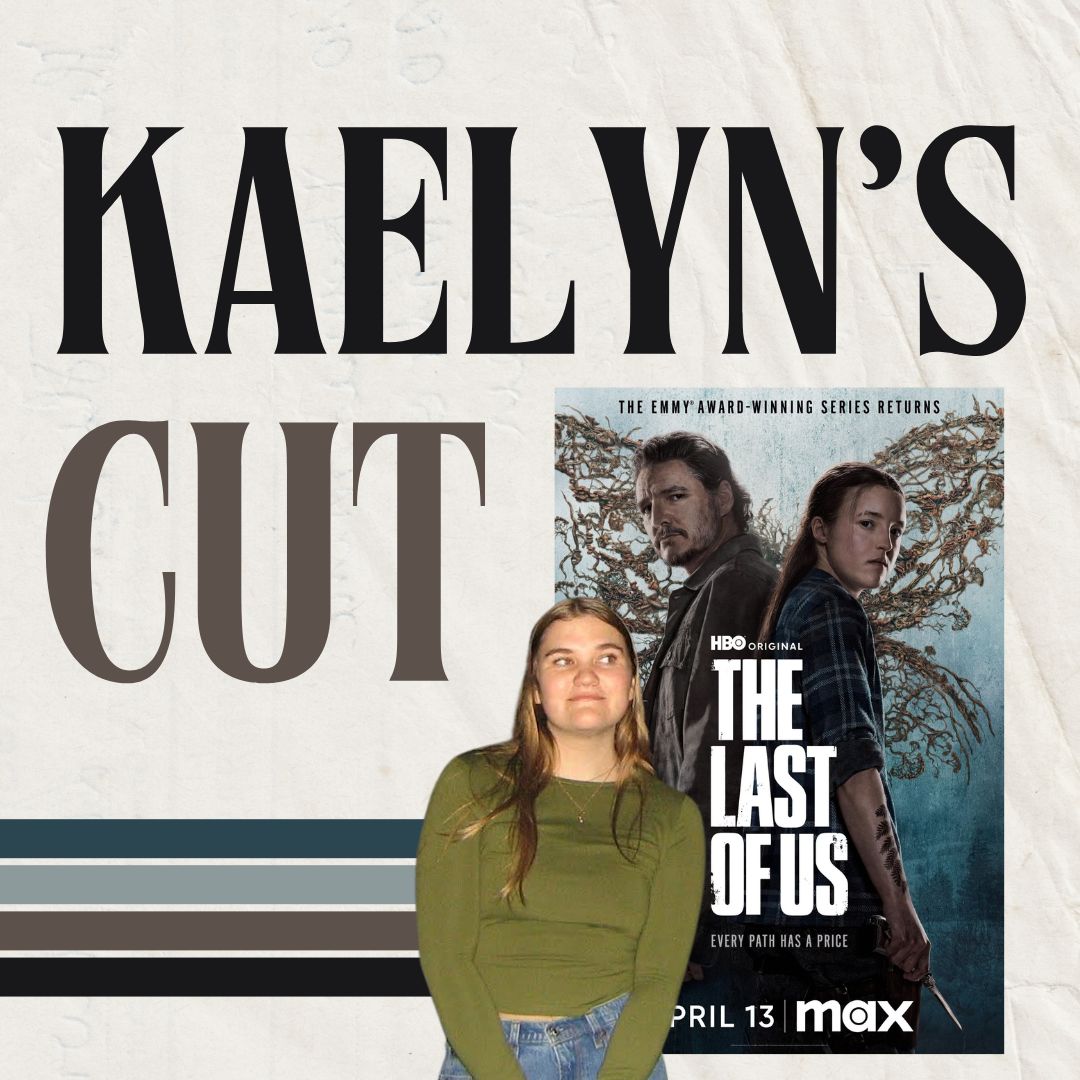
“I Saw the TV Glow” is a 2024 psychological horror drama film written and directed by Jane Schoenbrun and distributed by A24. Produced by Emma Stone’s company, Fruit Tree, the film premiered at the Sundance Film Festival in January of 2024 before being released to theatrical audiences in May. The film had a budget of ten million dollars and brought in $5,328,004 at the box office (The Numbers).
The film follows Owen, (Justice Smith) a troubled teenager who forms an unconventional bond with his classmate, Maddy (Jack Haven). Maddy introduces Owen to “The Pink Opaque”, a TV show about two teenagers, Isabel (Helena Howard) and Tara (Lindsey Jordan) who use their psychic connection to fight supervillain Mr. Melancholy, who has the power to warp time and reality. Maddy feels a deep personal connection to the show, claiming that it often feels more real than her own life. Two years later, Maddy disappears, leaving only a burning TV in her backyard. Shortly after her disappearance, ‘The Pink Opaque’ was abruptly canceled. Owen continues living with his father and begins working at a local movie theater.
Years pass, and Maddy suddenly returns. She urgently tries to convince Owen that she had spent the past eight years inside the TV show and that Tara and Isabel are Maddy and Owen’s true identities. In order to return to their true selves, they need to be buried alive. Owen refuses to follow through and never sees Maddy again. As time goes on, Owen’s depression worsens. After his father’s death, Owen continues to live in his father’s house, and after the movie theater he works at goes out of business, he is transferred to a family entertainment center. One day, as he is working at a child’s birthday party, he begins screaming for help; however, nobody around him reacts. He locks himself in the bathroom, where he slices open his chest to reveal a TV screen glowing blue. He leaves the bathroom, apologizing for his outburst and the movie ends.
As a whole, this film is an allegory for the trans and queer experience. Owen and Maddy represent different stages of realization and acceptance of their true identities. Owen is reluctant to accept his true self and ultimately finds himself unhappy in his life, claustrophobic in his body and disconnected from others. The film reminds viewers that “there is still time” and that it is never too late to accept one’s true identity. Maddy is able to realize and accept her true self, allowing her to escape from a life of dejection.
Visually, “I Saw the TV Glow” is stunning, with vibrant colors and mesmerizing imagery. ‘The Pink Opaque’ is reminiscent of 90s and 2000s public access television, nostalgic, and at times, disturbing. Schoebrun’s ability to manipulate the narrative through color and light is outstanding, adding to the complex layers of the story. The film also features an incredible soundtrack, with music by Alex G and performances by Phoebe Bridgers, Sloppy Jane and King Woman.
I believe many of this film’s low ratings are from people who didn’t understand it. This movie is full of allegories and metaphors, paired with ambiguous visuals, and may be confusing for viewers who don’t fully pay attention or care to dig deeper. I think that part of the beauty of “I Saw the TV Glow” is the ability for viewers to interpret it in terms of their own experiences. This isn’t a film that is meant for everybody, which I believe is what Schoenbrun intended. For those who relate to its message, “I Saw the TV Glow” offers comfort and validation, serving as a visual representation of the internal struggles of many.









